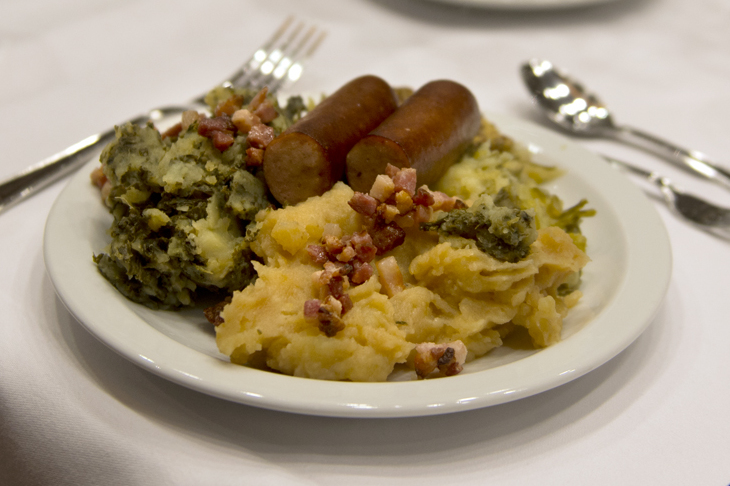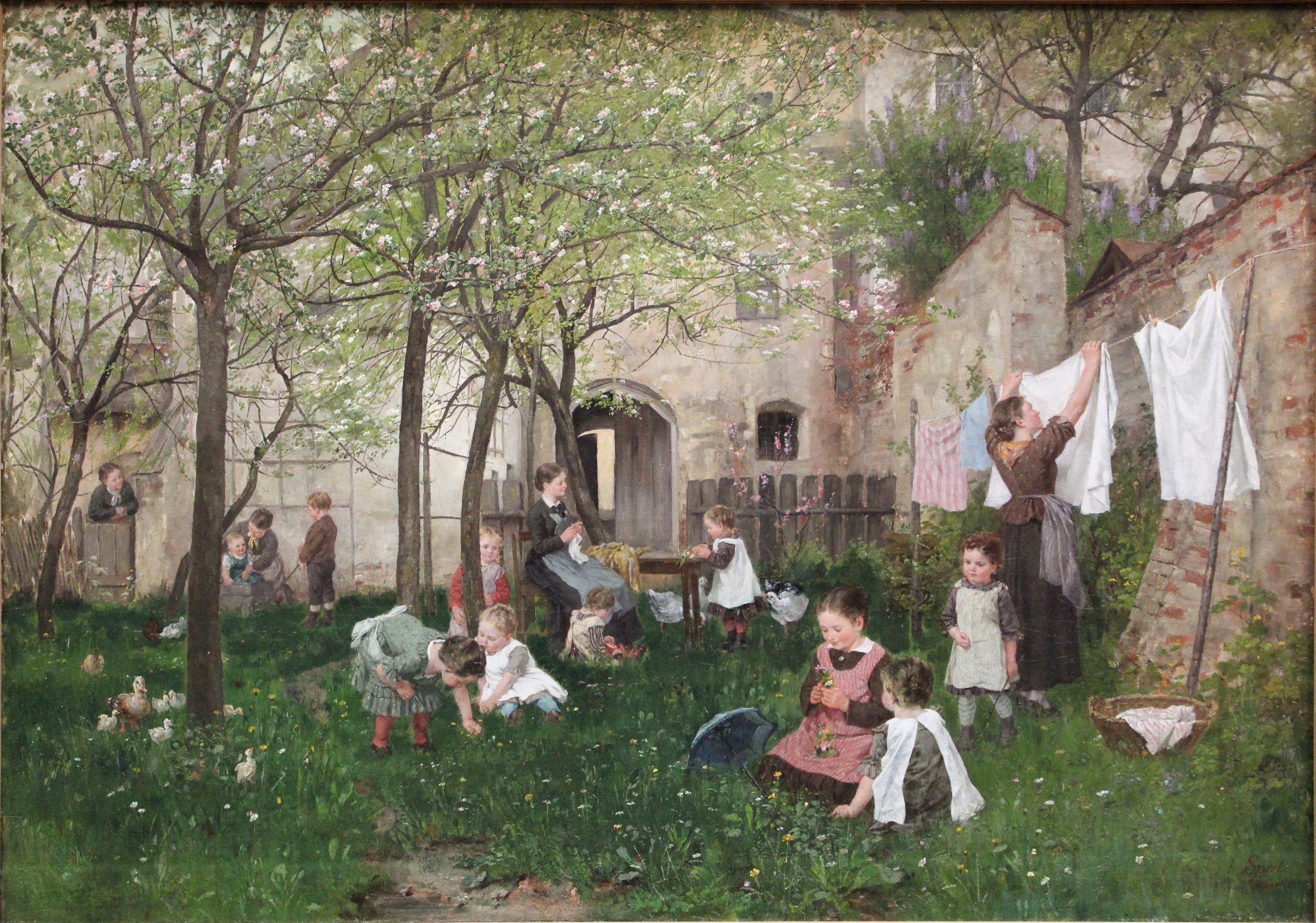The tale of a tea rookie: London Fog
- Home Page 176

Software Engineering Ethics Education
Four Opportunities for SE Ethics Education
There are no generally accepted best practices specifically tailored for Artificial General Intelligence (AGI) development, mainly because AGI remains largely theoretical and hasn’t been achieved yet. However, there are various principles, guidelines, and best practices within the broader field of artificial intelligence and machine learning that could inform AGI development efforts. Some of these include:
Ethical AI Principles: Many organizations and research institutions have proposed ethical principles for AI development, focusing on issues like fairness, transparency, accountability, and safety. These principles could be adapted and extended to AGI development.
Safety Guidelines: Concepts like AI alignment, robustness, and safety engineering are crucial for AGI development to ensure that the system behaves in desirable ways and doesn’t pose risks to humanity.
Interdisciplinary Approach: AGI development may require insights from various fields such as computer science, cognitive science, neuroscience, philosophy, and psychology. Collaborative efforts among experts from different disciplines can help in shaping best practices for AGI.
Research Ethics: Guidelines for conducting ethical research in areas like human subjects research, data privacy, and responsible publication are relevant for AGI development as well, especially considering the potential societal impacts of AGI.
Transparency and Openness: Promoting transparency and open research practices can help in fostering trust and collaboration within the AGI research community. Open access to data, code, and research findings can facilitate progress in AGI development while mitigating risks.
Risk Assessment and Mitigation: AGI researchers should consider potential risks and unintended consequences of their work, such as job displacement, economic disruption, and existential risks. Developing strategies for risk assessment and mitigation is essential.
Continuous Learning and Adaptation: AGI systems are expected to be capable of learning and adapting autonomously. Therefore, best practices for continual learning, model updating, and adaptation in AI systems are relevant for AGI development.
While there may not be specific standards or best practice literature exclusively dedicated to AGI, integrating insights and principles from related fields can guide responsible and effective AGI research and development. Additionally, as progress is made in AI research, new standards and best practices may emerge to address the unique challenges of AGI.
Pediatric & Daycare
Join us today when we examine the state of the literature that governs the safety and performance of occupancies designed and operated for the care of children specifically; family support generally. There is a fair amount of overlap in the safety and performance principles in the titles which frequently reference each other; all of them responding to unintended incidents, innovation and new discoveries.
In hospitals and clinics, the titles we follow — and engage with proposed revisions — are listed below:
- NFPA 99: Health Care Facilities Code: NFPA 99 provides specific requirements for the safe and effective operation of healthcare facilities, including those serving pediatric patients.
- American Academy of Pediatrics Guidelines: While not legally binding, guidelines provided by organizations like the AAP offer best practices for pediatric care, including safety considerations.
- The Joint Commission Standards for the Accreditation of Children’s Hospitals: The Joint Commission sets standards for healthcare organizations and programs in the United States. Compliance with these standards ensures the safety and quality of care provided to pediatric patients.
- ISO Healthcare Organization Management
- International Building Codes
- IEEE Education & Healthcare Facilities Committee
Since the ASHRAE catalog is growing to encompass every occupancy on earth; we keep pace with it; There’s never not something happening there is not relevant to our work:
Hoover Institution: The De-Population Bomb
To repeat a statement made throughout the Standards Michigan facility: We place the Underwriters Laboratory and ASTM International best practice catalogs at a lower priority because the business models of those organizations deal primarily with product standards — not interoperability standards. You will see UL and ASTM labels on many, many products within pediatric and daycare environments but, as a user-interest, we do not have the resources to engage with the UL and ASTM suite product-by-product; essential as they may be.
Ensuring the safety of children in daycare centers involves compliance with various codes and standards in the United States. Here are some key ones:
- International Fire Code (IFC): The IFC includes provisions for fire prevention and protection measures in buildings, including daycare centers. It addresses fire detection, alarm systems, fire extinguishing equipment, and evacuation planning.
- Americans with Disabilities Act (ADA): The ADA sets requirements for accessibility in public accommodations, including daycare centers. It includes provisions for accessible routes, entrances, restrooms, and other facilities to accommodate children with disabilities.
- National Fire Protection Association (NFPA) 101: Life Safety Code: NFPA 101 provides requirements for the design, construction, and operation of buildings to protect occupants from fire and other hazards. It covers aspects such as means of egress, fire protection systems, and emergency planning.
- NFPA 1: Fire Code: NFPA 1 addresses fire prevention measures in various occupancies, including daycare centers. It includes requirements for fire alarm systems, fire extinguishers, emergency lighting, and other fire safety features.
- ASTM F2373 – Standard Consumer Safety Performance Specification for Public Use Play Equipment for Children 6 Months through 23 Months: This standard specifies safety requirements for play equipment commonly found in daycare centers, ensuring the safety of young children during play activities.
- National Association for the Education of Young Children (NAEYC) Standards: While not legally binding, NAEYC sets voluntary accreditation standards for childcare programs, focusing on quality, safety, and child development.
Governmental agencies at all levels incorporate these titles — partially or whole cloth — present additional, typically more rigorous requirements.
Of course, the primary hazard we address is the presence of reliable of safe and economical electricity. All of the foregoing titles depend upon electricity so we deal with the technical literature on electricity on a near-continuous basis.
Use the login credentials at the upper right of our homepage.
American College of Obstetricians and Gynecologists
Founded in 1951, ACOG is a membership organization for obstetrician–gynecologists. The College produces practice guidelines for health care professionals and educational materials for patients, provides practice management and career support, facilitates programs and initiatives to improve women’s health, and advocates for members and patients.
It provides several educational tracks for member certification and licensing largely derived from federal regulations. It also invites proposals from members about organizational priorities; one such linked below:
Abortion Misinformation Campaign
The link above also proves that no matter how well educated an organization’s members, the leadership of the organization is capable of shenanigans with federal law that leaves the regulation of abortion to states; closer to the cultural norms of local communities.
Related:
“A half truth is a full lie” — so goes the adage. In service of telling the full story — only half of which is told in the RFP linked above — a map of states is linked below.
Interactive Map: Abortion Laws by State
PROLOG: Gynecology and Surgery, Ninth Edition, has the latest evidence-based reviews of core topics in gynecology. This self-directed learning resource is designed to help #ObGyns and other #HCPs assess and update your clinical knowledge. Order now: https://t.co/AO9u4JDT8p pic.twitter.com/oPbg3l2DAx
— ACOG (@acog) January 31, 2024
“Gelukkige Koningsdag!” Stamppot
🇳🇱 KING’S DAY IN THE NETHERLANDS
👑 Today, Dutch King Willem-Alexander celebrates his 57th birthday with Queen Máxima and his daughters Amalia, Alexia and Ariane in Emmen, a town in the northeastern Netherlands.
📍 Emmen city center pic.twitter.com/JLcd51K2Bq
— [Wim Dehandschutter] (@WDehandschutter) April 27, 2024

Stamppot is a Dutch comfort food known for its simplicity and versatility. It combines mashed potatoes with various vegetables, typically leafy greens like kale (boerenkool), endive (andijvie), or sauerkraut (zuurkool), and often includes bacon or sausage.
The name “stamppot” comes from the Dutch words “stampen” (to mash) and “pot” (pot). The dish is prepared by mashing the boiled potatoes and vegetables together in a single pot. The result is a slightly chunky mixture of mashed potatoes and vegetables.
There are many variations of stamppot, depending on the vegetables used. The most common types include boerenkool stamppot (kale stamppot), andijvie stamppot (endive stamppot), and zuurkool stamppot (sauerkraut stamppot). Each variation has its own distinct flavor and texture.
Stamppot runs deep in the Netherlands and is considered a staple of Dutch cuisine. It’s a dish that brings people together, especially during the traditional “Hutspot Day” (Hutspotfeest) celebrations in some regions.
Related: Dutch Student Stew
“Dutch Student Stew” also known as “Hutspot” in Dutch. It’s a traditional Dutch dish that consists of mashed potatoes, carrots, and onions, often flavored with salt, pepper, and sometimes bacon. It’s a hearty and simple comfort food that has been popular in the Netherlands for many years. The name “Dutch Student Stew” might be a colloquial or humorous reference to the fact that it’s an easy and inexpensive dish to prepare, making it suitable for students or anyone on a budget.
OB-GYN Welcome
The main building of the University of Minnesota Medical Center was established in 1997 through a merger with University Hospitals and Clinics and Fairview Health Services. It has approximately 1300 beds.
In the early to mid-1900s, some US colleges used orphaned babies in home economics programs to teach child-rearing skills
These children were referred to as "practice babies" pic.twitter.com/FZCkeu0p2m
— UberFacts (@UberFacts) August 17, 2023
Operations Desk
This content is accessible to paid subscribers. To view it please enter your password below or send mike@standardsmichigan.com a request for subscription details.
Athletics facilities upgrades: $390 Million
OSU was founded in 1890 as Oklahoma Agricultural and Mechanical College under the Morrill Land Grant Act of 1862 set in motion by President Abraham Lincoln. It has approximately 30,000 students across 1500 acres with 400 buildings. Its athletic department runs an operating budget of about $100 million.
New update alert! The 2022 update to the Trademark Assignment Dataset is now available online. Find 1.29 million trademark assignments, involving 2.28 million unique trademark properties issued by the USPTO between March 1952 and January 2023: https://t.co/njrDAbSpwB pic.twitter.com/GkAXrHoQ9T
— USPTO (@uspto) July 13, 2023
Standards Michigan Group, LLC
2723 South State Street | Suite 150
Ann Arbor, MI 48104 USA
888-746-3670

























